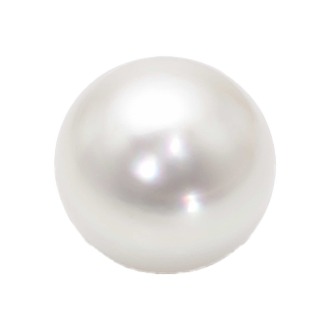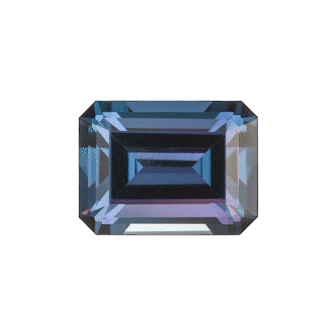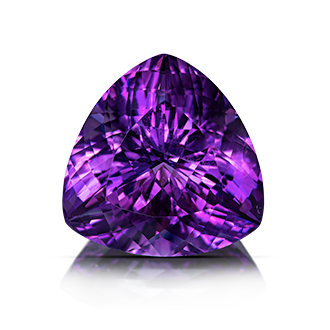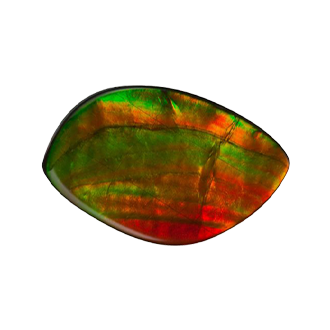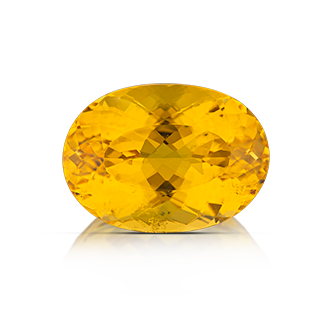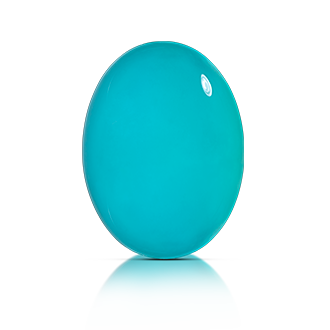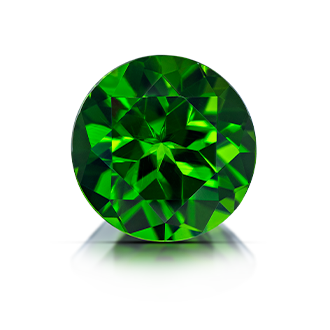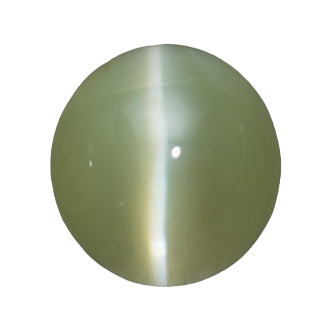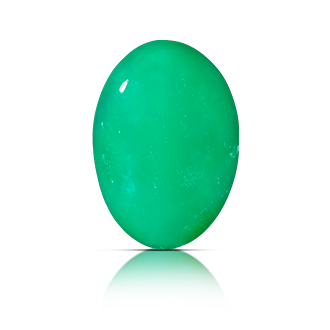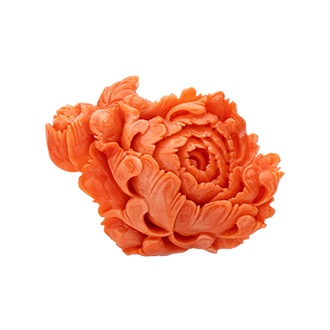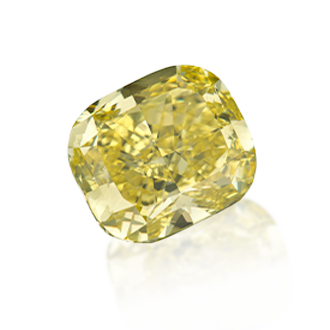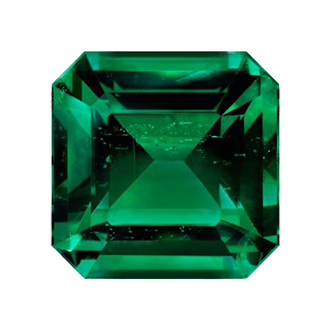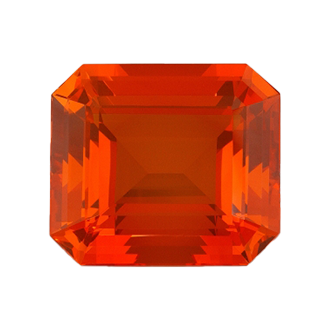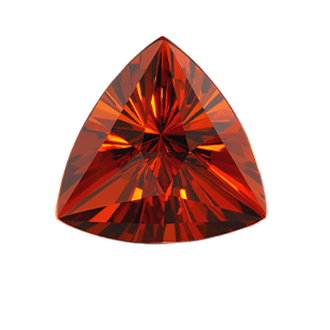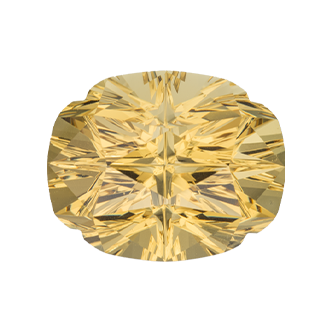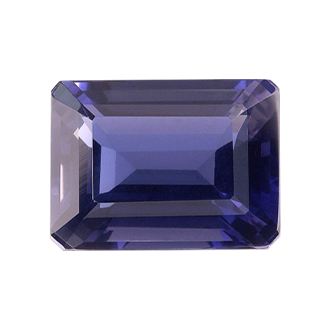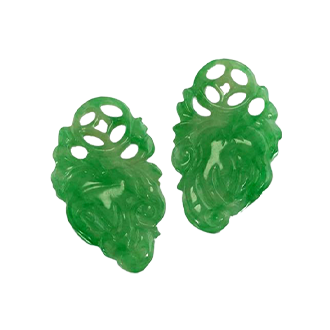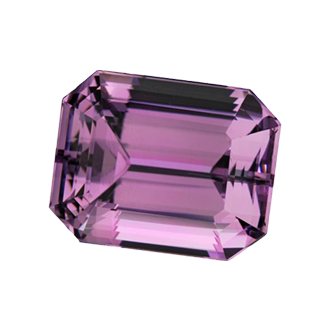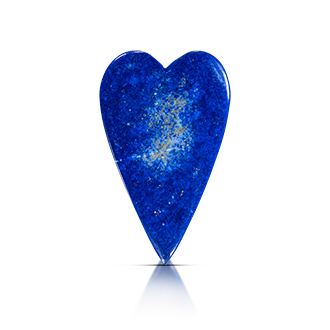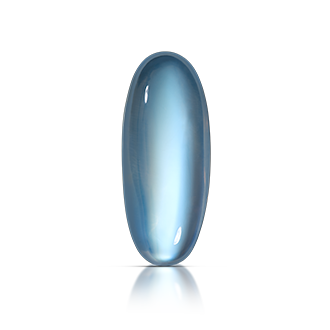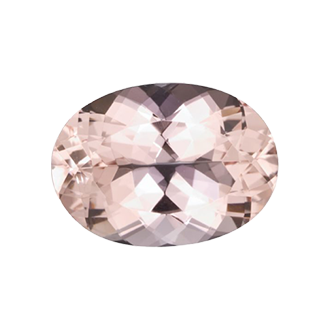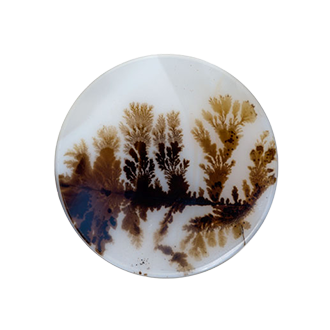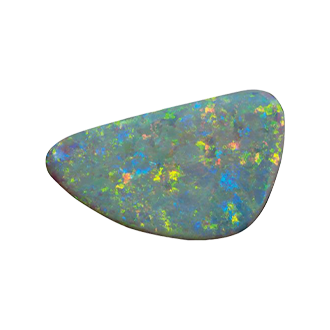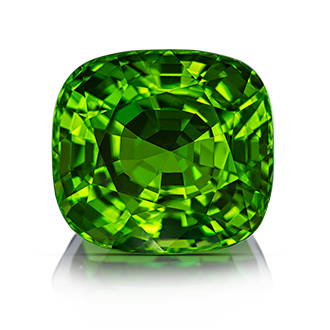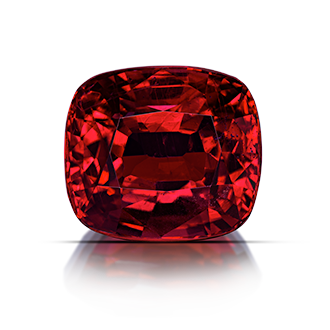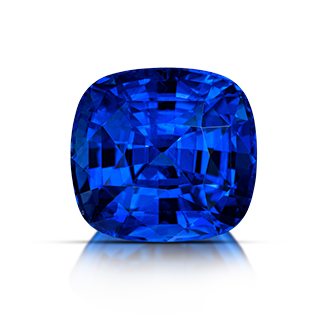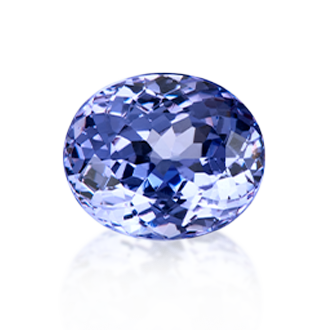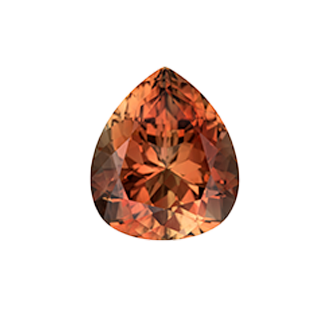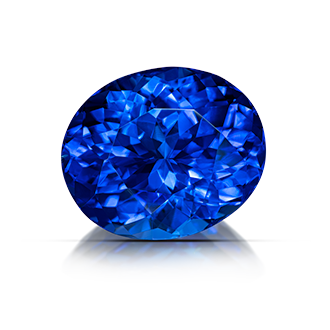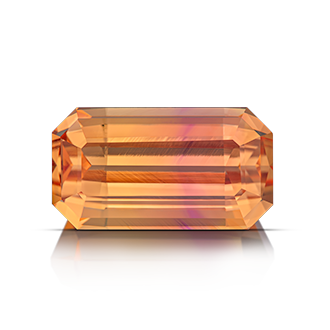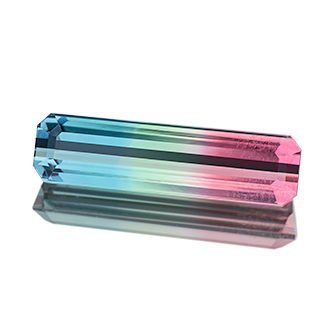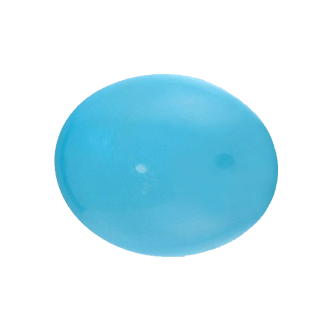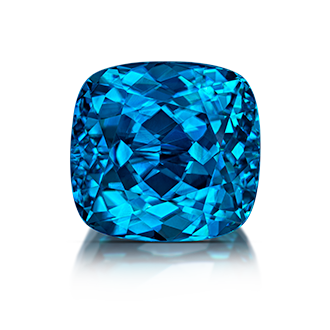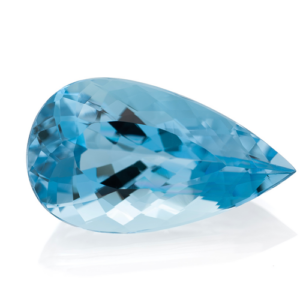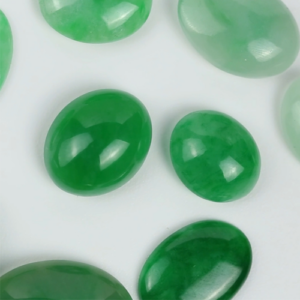Properties
| Family | Quartz |
| Chemistry | SiO2 |
| Refractive Index | 1.544 - 1.553 |
| Birefringence | .009 |
| Specific Gravity | 2.65 |
| Hardness | 7 (Moh's Scale) |
| Color Range | Purple, violet, pale red-violet |
Romance, History & Lore

No sparkling gemstone or glittering jewel has fascinated people for thousands of years quite like the pearl. Signifying purity and virtue, love and wisdom, power and status: pearls were believed to emanate mystical, healing powers. Roman women slept with pearls to sweeten their dreams. Asian cultures ground them into powder for remedies and skin treatments. Undoubtedly, many an ill can be eased with beautiful pearls!
Pearls also have a history as the wedding gem. Ancient Hindu writings tell the story of Krishna, the protector, who gathered pearls from the sea to give to his daughter on her wedding day—the start of a centuries-old tradition of pearls as the perfect adornment of the bride. To this day, pearls are a personal favorite of brides, as well as a treasured wedding gift from parent or partner to signify love.
Origins
The story of the pearl is one of the most extraordinary gems nature has ever created. Pearls are produced in certain salt and freshwater mollusks when in response to a tiny intruder lodged within, the shell soothes the irritation by enveloping it in layers of calcium carbonate — mother-of-pearl or nacre.
In the wild, this happens rarely, one in about 10,000 shells. But most pearls today are cultured—science collaborating with nature to engage and nurture this natural process. Introduced in Japan at the turn of the 20th century, pearl cultivation requires seeding technicians who skillfully insert in the mollusk a mother-of-pearl bead and/or mantle tissue as the intruder that sparks nacre production.
Implanted shells are cultivated in pristine water farms from six months to three years, depending on pearl type and desired quality. These amazing shell creatures are cradled and cared for in netted panels floating below the surface. Much like grapes grown for wine, pearl shells require optimum temperature and climate conditions, nutrients and other factors to survive and succeed. But despite the constant attention, there are no guarantees the mollusk will accept the nucleus or produce a quality pearl—it’s ultimately up to Mother Nature.
Harvesting pearls is a sustainable practice, where shells can be re-implanted several times to make more pearls. Pearl shells are used for ornamental, cosmetic and medicinal purposes.
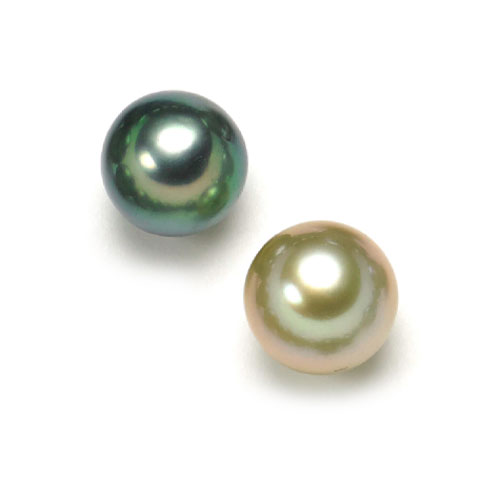
Enhancement
Just as we seek to enhance our own look, pearls are no exception, commonly cleaned and polished, with most white pearls routinely bleached to provide a uniform appearance. Other enhancements that may be applied to improve luster, color and quality to bring more pearl options to market include dyeing, tinting, and buffing. Enhancements must be disclosed with any care considerations at the point of sale.
Ask your jeweler for more information.
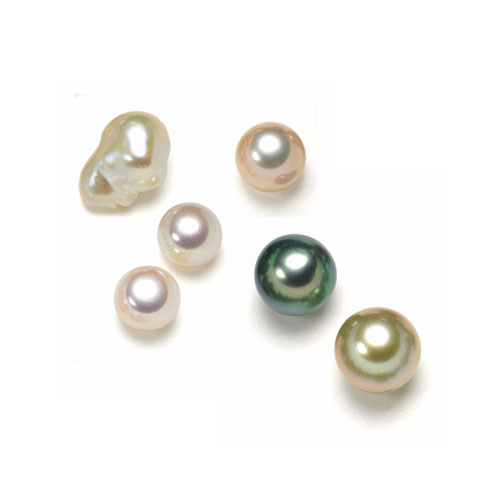
Care
Pearls are resilient and meant to be worn, but they are also delicate and require thoughtful care to keep their radiance for a lifetime. The layers of nacre that create it are absorbent, so that things like cosmetics, hairspray, perfume, ammonia and chlorine affect pearl condition.
Let your pearl jewelry be the last thing you put on before heading out the door and the first thing you take off before engaging in activities where pearls are vulnerable to chemicals and hard knocks.
Pearls are easy to maintain, just wipe clean after each wear with a soft, dry or damp cloth. Ultrasonic cleaners are not recommended. Stow pearls in sectioned jewelry box or protective pouches to avoid getting scratched by other hard gemstones and metals. If you wear your pearl strands often, restring them every two years, and periodically check settings that embrace pearls to ensure they’re secure.
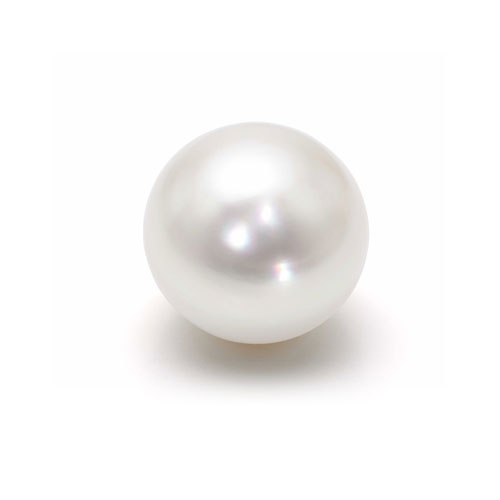
Selecting a Gemstone
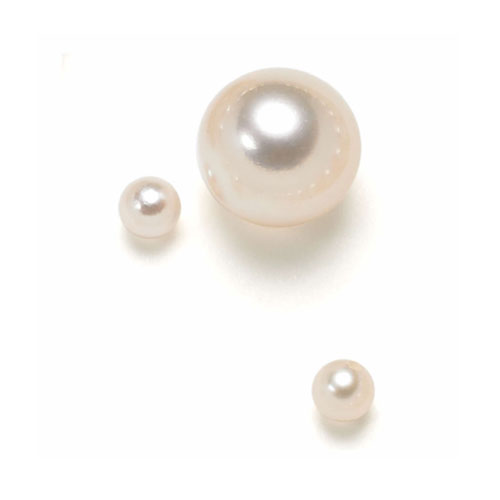
Akoya Pearls
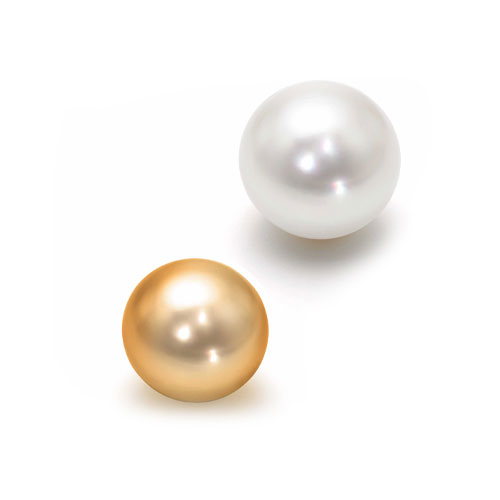
South Sea White and Golden Pearls
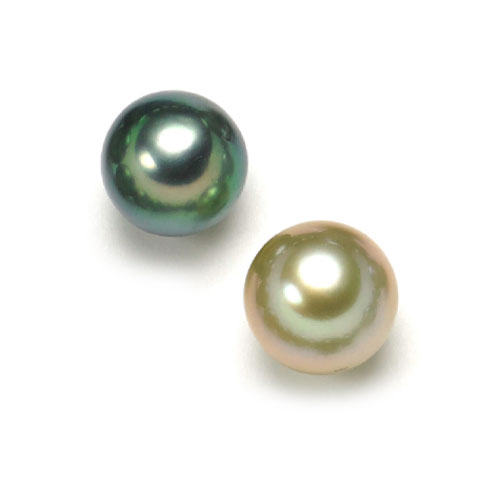
Tahitian Pearls
Tahitian Pearls, in exotic dark colors, are from the Pinctada Margaritifera “black-lipped” saltwater oyster farmed in Tahiti. Referred to as black pearls, they range from light to dark gray, often showing overtones of green, blue and purple and range in sizes from 8mm to 16mm, with 8mm to 10mm most popular.
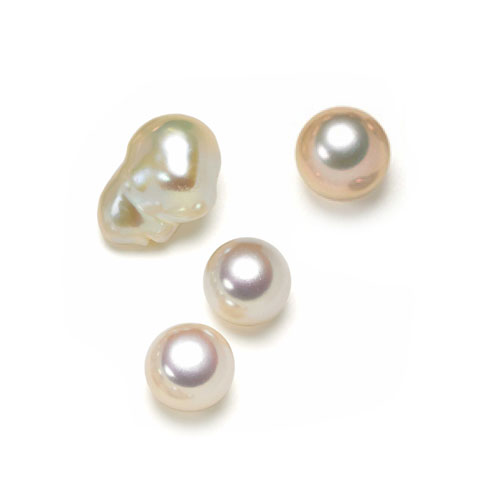
Freshwater Pearls
Freshwater Pearls are grown in mussels living in rivers, lakes and ponds, mainly from China, but also Japan and the United States. These pearls grow in many shapes and colors from white, dreamy pink, mauve and peach and in sizes from 3mm to 14mm. Improvements in cultivation produce Freshwaters that resemble Akoya and South Sea with a single mussel able to produce more than one pearl at a time.
Assessment
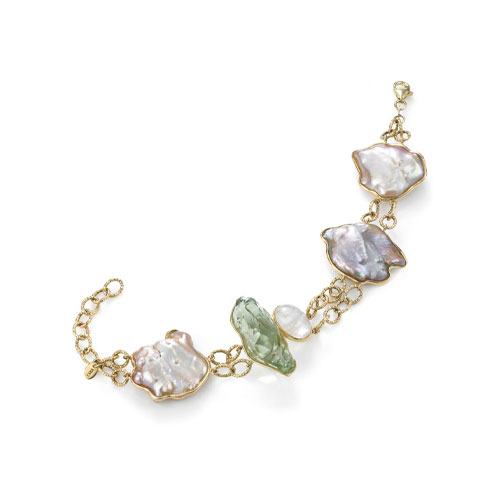
Luster
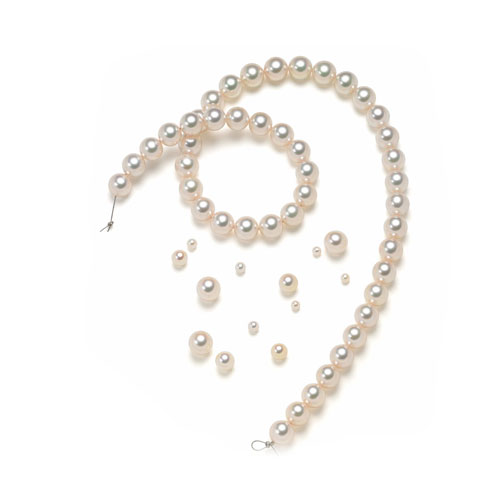
Surface Quality
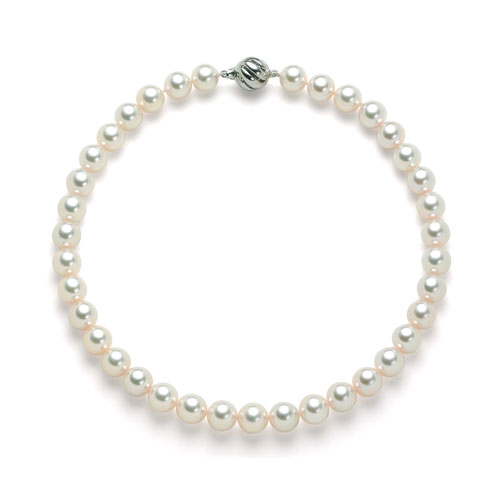
Nacre Quality
Nacre Quality is judged on the thickness of the nacre and how it layers to form the pearl. This factor is most important for cultured pearls that are bead nucleated like South Sea, Tahitian, Akoya and some
Freshwater. Thicker nacre allows for a much deeper, intense luster and often a more uniform surface texture. Freshwater cultured pearls are typically tissue nucleated, composed of all nacre, and predominantly baroque in shape.
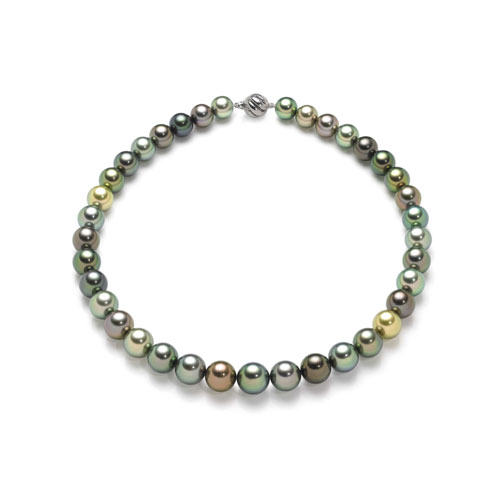
Color
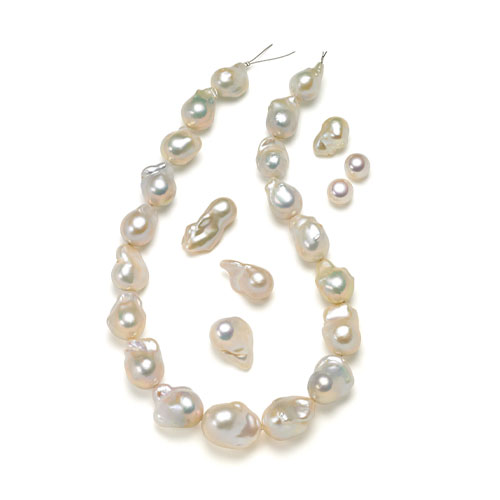
Shape


